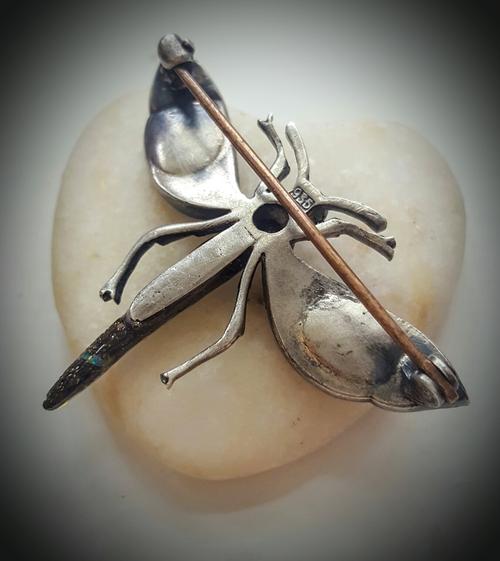
Insect Bite Blister: A Comprehensive Guide
Have you ever experienced a bite blister from an insect? If so, you’re not alone. Insect bites can be quite common, and while they are usually harmless, they can sometimes lead to blisters. In this article, we will delve into the details of insect bite blisters, including their causes, symptoms, treatment, and prevention methods.
What is an Insect Bite Blister?
An insect bite blister is a small, fluid-filled bump that forms on the skin after an insect bite. It is the body’s response to the bite, as it tries to protect itself from infection and inflammation. Common insects that cause blisters include mosquitoes, bees, wasps, and ants.

Causes of Insect Bite Blisters
Insect bite blisters are caused by the venom or saliva of the biting insect. When an insect bites, it injects these substances into the skin, which can trigger an immune response. The body produces a fluid-filled blister as a protective measure.
Symptoms of Insect Bite Blisters
The symptoms of an insect bite blister can vary depending on the type of insect and the individual’s immune response. Common symptoms include:
| Symptom | Description |
|---|---|
| Bump or blister | A small, fluid-filled bump that may be painful or itchy. |
| Pain or swelling | The area around the blister may be painful or swollen. |
| Redness | The skin around the blister may become red. |
| Itching | The area around the blister may feel itchy. |
In some cases, the symptoms may be more severe, leading to allergic reactions or infections. If you experience difficulty breathing, swelling of the throat, or hives, seek medical attention immediately.
Treatment of Insect Bite Blisters
Most insect bite blisters will heal on their own without any treatment. However, there are several ways to alleviate symptoms and promote healing:
-
Keep the area clean and dry to prevent infection.
-
Apply a cool, wet compress to reduce swelling and pain.
-
Take over-the-counter pain relievers, such as ibuprofen or acetaminophen, to manage pain and inflammation.
-
Use antihistamines to relieve itching.
-
Apply a non-prescription hydrocortisone cream to reduce itching and inflammation.
In some cases, a doctor may prescribe antibiotics if the blister becomes infected. If you have a weakened immune system or are experiencing severe symptoms, it is important to seek medical attention.
Prevention of Insect Bite Blisters
Preventing insect bite blisters involves taking steps to avoid exposure to biting insects. Here are some tips:
-
Wear long-sleeved shirts and pants when outdoors, especially during peak biting times (dawn and dusk).
-
Use insect repellents containing DEET, picaridin, or oil of lemon eucalyptus.
-
Stay in well-lit areas and avoid tall grass and shrubs where insects may be hiding.
-
Keep your home free of insects by sealing cracks and gaps around doors and windows.
-
Remove standing water around your home, as it can attract mosquitoes.
By taking these precautions, you can significantly reduce your risk of developing an insect bite blister.
Conclusion
Insect bite blisters are a common and usually harmless condition. By understanding their causes, symptoms, treatment, and prevention methods, you can effectively manage and avoid these blisters. Remember to seek medical attention if you experience severe symptoms or have a weakened immune system.




